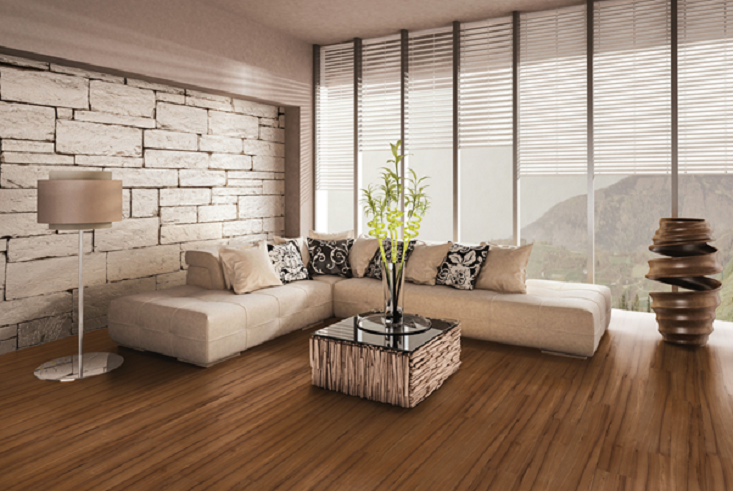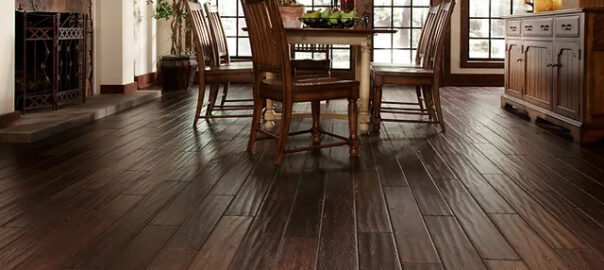Introduction
Few things can compare to the timeless beauty and natural charm of wood flooring when it comes to creating a warm and welcoming ambiance in your house. Timber flooring are not only aesthetically pleasing, but also long-lasting and adaptable. Choosing the ideal wood flooring, however, may be challenging due to the abundance of available alternatives. This all-inclusive guide will lead you through the decision-making process, highlighting the most important criteria to weigh as you search for the best product to meet your needs.
Identifying Your Needs
Consider your needs and tastes carefully before jumping headfirst into the realm of wood flooring. Put these concerns to the test: Where exactly will the wood flooring be put in? What kind of look are you going for? Do you have a favorite kind of wood or shade of finish? How many people would be expected to go by here on a daily basis? Do you have any strict spending limits to adhere to? When you have a firm grasp on these factors, making a decision will be much less daunting.
Learning About Woods
There is a broad variety of species from which to choose when installing a timber floor. Oak, walnut, maple, and many more are just some of the most common types of wood used for flooring. Oak wood flooring, with its many uses and long lifespan, has a traditional look that will never go out of style. Walnut wood flooring is an elegant choice due to its dark tones and unusual grain patterns. In contrast, maple wood flooring is prized for its ethereal whiteness and sturdiness. If you know what to look for in a wood species, you may choose one that suits your aesthetic and functional preferences.
The Quality and Grading of Wood
The grade and quality of the wood are crucial factors to think about while deciding on a wood floor. The term “timber grading” is used to describe the process of categorizing lumber according to its visual qualities such knots, color variations, and grain patterns. It’s crucial to grasp the manufacturer’s or supplier’s grading scale since it differs from company to company. The wood itself should be of high quality; this includes checking its moisture content, stability, and wear resistance.
Taking into Account the Various Rooms in the House
It’s not true that you may put wood flooring wherever in your house. Think about what you need in a kitchen, living room, bedroom, and bathroom. Timber flooring, for instance, must be specially built to tolerate high moisture levels in spaces like bathrooms. If you want your new floor to survive, it’s important to learn about the various species of wood and treatments that work well in each room.
Techniques for Setup
Nail-down, glue-down, and floating are all viable options for installing wood flooring. During a nail-down installation, nails or staples are used to fasten the floor boards to the subfloor. During a glue-down installation, adhesive is used to secure the wood directly to the subfloor. The wood planks are installed over an underlayment in a floating installation, producing a “floating” floor. The installation time, stability, and subfloor movement tolerance of each technique are just a few of the factors to think about. The best technique of installation for your unique situation will be determined after consultation with experts.
Closing Choices
The finish you choose for your wood flooring will effect its look, longevity, and upkeep. Oil-based polyurethane, water-based polyurethane, and hardwax oil are all frequently used finishes. Glossy and long-lasting, oil-based polyurethane is a great choice for busy public spaces. There is less of an odor and a shorter drying time with water-based polyurethane, but it may need to be maintained more often. Hardwax oil finishes are more durable and can be repaired easily, plus they have a natural, matte look. Consider your intended aesthetic, degree of upkeep necessary, and the longevity needed when selecting a finish for your wood flooring.
Longevity and Reliability
You can extend the life and beauty of your wood floors with regular care and upkeep. To keep it looking great, you should sweep or vacuum it often, protect it from becoming too wet, and deal with any spills or stains as soon as possible. The manufacturer’s instructions should be followed carefully since different types of wood and coatings have different care needs. Think about how well the wood will hold up to wear and tear, particularly in heavily traveled areas. Your choice of wood flooring will serve you well for many years if you take the time to learn about its care requirements and expected lifespan.
Budgetary Factors
The price of wood flooring may vary greatly based on its species, grade, finish, and method of installation. Determine a price range that works for you while still giving you room to enjoy the flooring’s aesthetic value and functionality. In spite of the fact that higher-quality wood flooring may be more expensive initially, it is frequently well worth the expenditure because of its greater resilience and lifespan. To strike a balance between cost and quality, speak with distributors and experts in the flooring industry.
Consequences on the Environment, and Sustaining It
If you’re concerned about the environment, it’s best to get flooring made from wood that came from well-managed forests. The Forest Stewardship Council (FSC) and other similar certifications may guarantee that wood is collected sustainably and ethically. Think about how the wood flooring was made, what kind of finishes were used, and how long it would last before it needed to be replaced.
Conclusion
In order to get the best wood flooring, you must think about your needs, learn about the many species, grades, and qualities of timber available, and evaluate other considerations like as installation, finishing, maintenance, cost, and environmental effect. By considering all of these factors and consulting an expert when necessary, you can make a choice that not only improves the aesthetics of your house but also serves your requirements and reflects your beliefs. Keep in mind that wood flooring is a long-term investment that may give your home a timeless look and feel.

